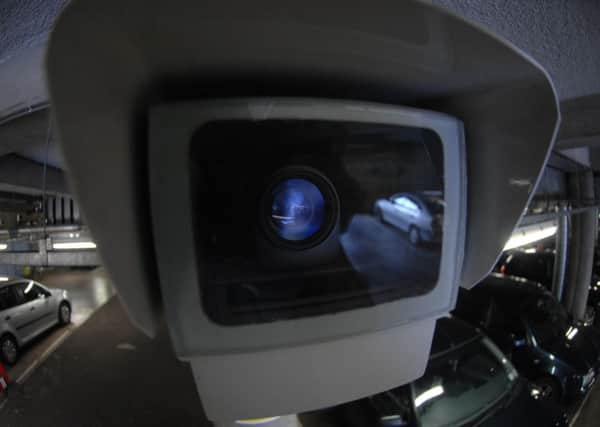‘Fightcams’ to stop violence before it starts


Computer scientists have teamed up with violence experts to develop imaging technology which will automatically tip off CCTV operators when potential fights are detected on city centre cameras.
While “smart” CCTV already exists, the “fightcams”, which are being developed by Cardiff University, go further, analysing night-time crowds to provide real-time alerts.
Advertisement
Hide AdAdvertisement
Hide AdProfessor Simon Moore, from Cardiff University’s Violence and Society Research Group, said: “Developing smart camera technology that can pinpoint violence is a really cost-effective way of helping police to do their jobs. Officers can’t monitor hundreds of city centre CCTV cameras all the time.
FOLLOW US
SCOTSMAN TABLET AND MOBILE APPS
“By using imaging technology, officers will be alerted to violence hotspots in real-time, helping to further reduce violence. It’s a great way of using technology to make the streets safer.”
The multi-million pound project is a partnership between Cardiff University, Airbus Group (formerly EADS) and the Welsh government.
Fights on the street cost the taxpayer millions of pounds each year. The Home Office estimates that an average violence incident costs more than £33,000 in NHS and criminal justice costs, lost working hours and the impact on victims.
The new technology has been compared to techniques used in the futuristic thriller Minority Report, in which US police operating in 2054 are able to make arrests before a crime has been committed.
The computer program being developed in Cardiff analyses movement, predicting the patterns that can lead to violence, allowing it to warn police.
The project grew out of original research work carried out by Kaelon Lloyd, a PhD student.
Mr Lloyd said: “As a research student, I was involved in developing software that assisted CCTV observers with the identification of violence by modelling scene dynamics.
Advertisement
Hide AdAdvertisement
Hide Ad“The experience helped me understand the positive impact that video analysis holds for society; this insight, combined with the number of interesting technical challenges, was highly motivating and pushed me to undertake further research in the field, providing focus for my undergraduate dissertation which led to my PhD research.”
Professor David Marshall, of the university’s computer science school, added: “This work builds on an active collaboration with the Violence and Society Research Group and research expertise in video analysis.
“Detecting violence from CCTV camera footage presents interesting technical challenges due to the time of day, the need to operate in all weather conditions, camera positions and recognising people’s often complex activities in such footage.”